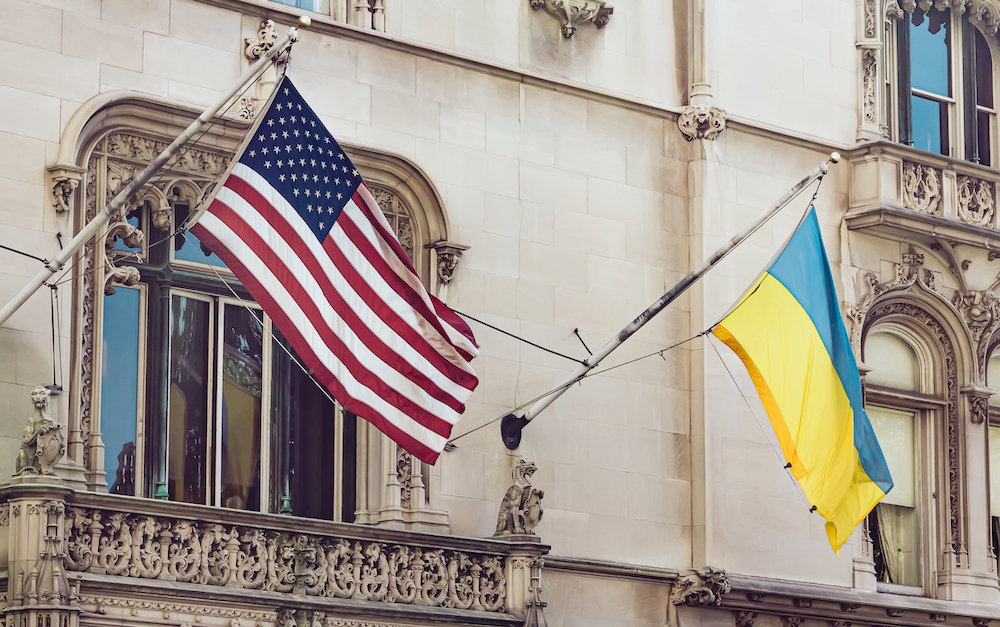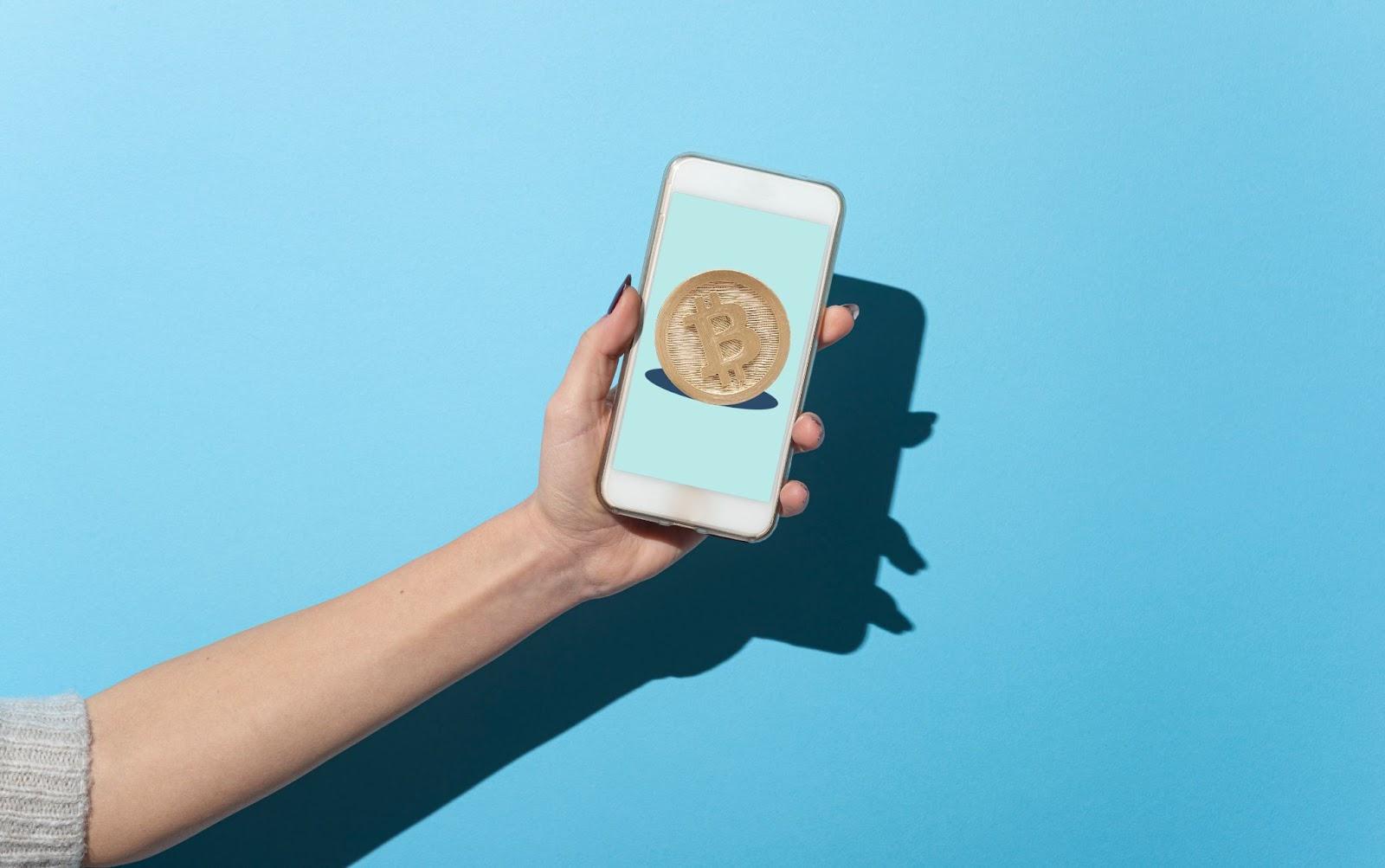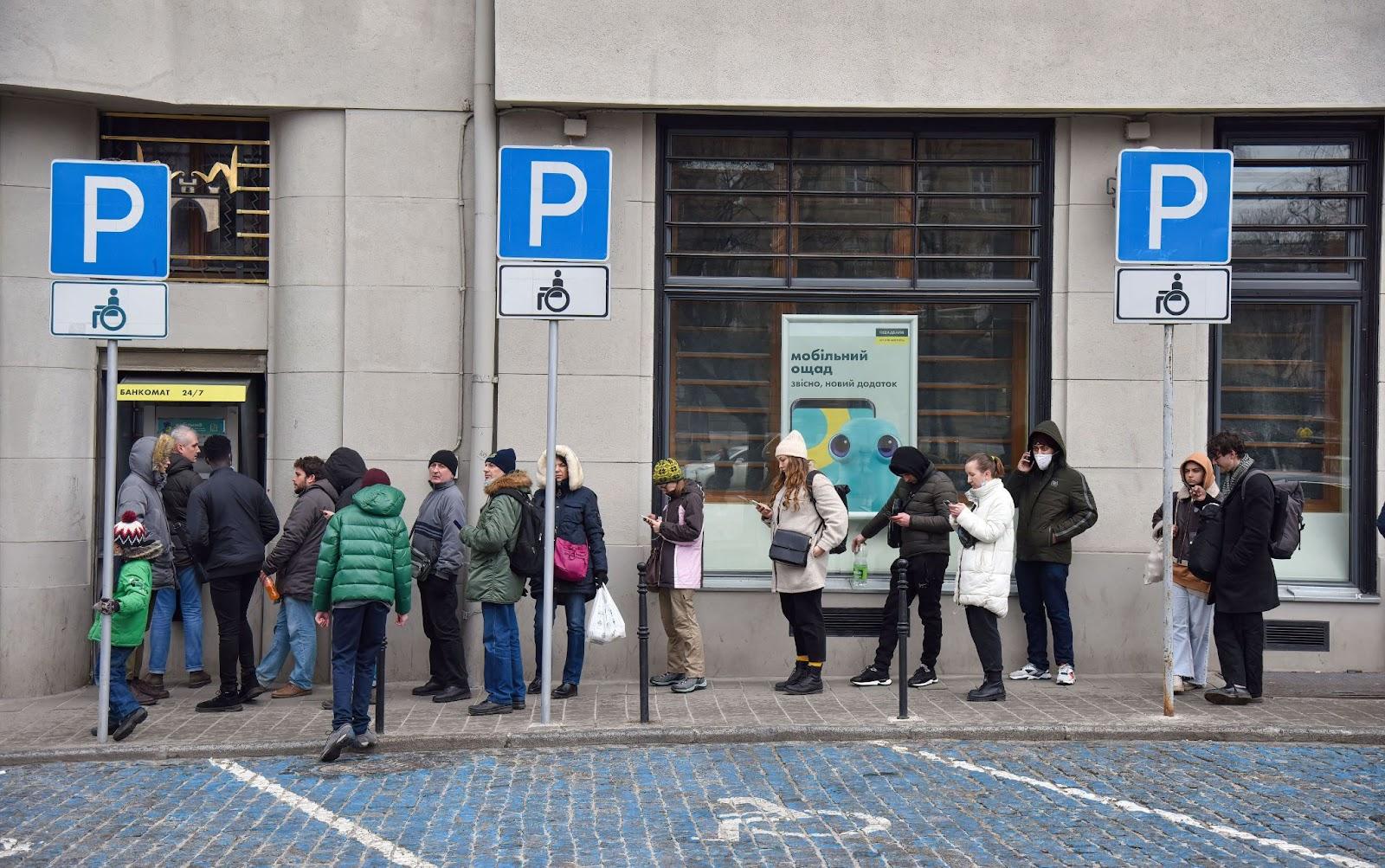How Ukraine leveraged crypto so quickly

More than $63 million in crypto donations has poured into Ukraine since Russia’s invasion began less than two weeks ago. [kolderal via Getty Images]
There’s never a dull moment on the blockchain. Here’s what you need to know this week:
Crypto has provided Ukraine with immediate aid. The country had been working on crypto infrastructure well before Russia’s invasion.
Ethereum’s long-awaited upgrade is almost here. ETH co-creator Vitalik Buterin says proof-of-stake is coming this summer.
The week in numbers. The number of NFT-related trademarks pharmacy chain CVS filed, and other key figures to know this week.
GLOBAL PICTURE
What the war in Ukraine is proving about crypto
Ukraine has garnered plenty of attention for raising crypto donations to help fund its defense against Russia. But prior to the invasion, Ukraine was already a seriously crypto-forward nation. Last year, President Zelensky traveled to Silicon Valley to woo crypto executives into partnerships, the Ukrainian parliament legalized crypto nearly unanimously, and the country ranked fourth in Chainalysis’ 2021 Global Crypto Adoption Index. Now, the human and economic toll of the crisis has underscored the value of crypto’s borderless, permissionless nature, while also representing a revolutionary way for war-torn nations to raise money and fight for their independence.
Since the start of the war less than two weeks ago, more than $63 million in crypto has been sent to the Ukrainian government or NGOs in the country. As more than 100,000 individual donations have poured in from around the world, many contributors found that the process typically took just a couple of minutes. The donations have come in currencies including BTC, ETH, Dogecoin, Polkadot, and Tether — with one donor even sending a CryptoPunk.
Mykhailo Fedorov, Ukraine’s Minister of Digital Transformation, has been leading the crypto charge. Under his guidance, the government has solicited crypto donations on Twitter, set up multiple new wallets to accommodate various currencies, and recently announced an NFT collection with proceeds supporting the country’s military. After raising more than $50 million last week, Fedorov tweeted a $100 million donation goal for this week. The military, which controls the government’s crypto funds, has created a “multi-sig” wallet that requires approval of at least three military officials before transactions are sent.
Donated crypto is being deployed almost immediately, with millions already spent on supplies like food, night-vision goggles, and bulletproof vests. As many as 40% of Ukraine’s military suppliers now accept crypto payments. “It is easier, not complicated, transparent, and faster in comparison to a [traditional banking system] SWIFT transaction,” said Alex Bornyakov, the deputy minister at the Ministry of Digital Transformation.
Why it matters… Ukraine’s success in using crypto as a crowdfunding mechanism highlights many of its best use cases — as a fast, global, and borderless alternative to traditional banking infrastructure. Even when removed from the context of wealth building or investment, crypto and the technology that enable it are truly transformative for global society. It has enabled seamless, cross-border transactions and facilitated near-instant payments to goods suppliers, while also building a global community of people willing to work together digitally in support of a cause they believe in.
TABLE STAKES
Ethereum races towards scaling upgrade as rivals gain momentum
Late last year, the Ethereum blockchain began a long-promised upgrade that will move the second-biggest cryptocurrency by market cap to a speedy, energy efficient “proof of stake” blockchain. After many delays, Ethereum’s co-creator Vitalik Buterin indicated last month that the upgrade (which used to be called ETH2) may finally occur this summer. It’s a big deal, because the Ethereum blockchain is home to popular crypto apps that power DeFi, games, NFTs, and more. All of this activity has a downside though: it’s caused traffic and fees on the network to skyrocket. In response, cheaper and faster alternative blockchains like Polygon, Avalanche, and Terra have emerged to compete with Ethereum. Can the original smart-contact compatible blockchain evolve fast enough to remain the leader? Let’s dig in.
This year, Terra emerged as a major ETH alternative and has reached a record-high $23 billion in total value locked (or amount deposited) for its DeFi ecosystem. Meanwhile, roughly $5 billion in Ethereum has been “bridged” to both the Polygon and Avalanche chains; Polygon developers recently raised $450 million from prominent VC firms; and a wide range of brands (from the NFL and DraftKings to Prada and Adidas) have launched experiments on Polygon.
Many Ethereum alternatives fall into two major categories: “Layer 1” and “Layer 2” blockchains. Layer 1 blockchains, which include Polygon, Avalanche, and Terra, are separate chains that mostly compete with Ethereum. Layer 2 blockchains, on the other hand, are built on and are complementary with the main Ethereum blockchain — think of them as being kind of like HOV lanes on a highway.
A Layer 2 solution called Immutable X raised $200 million this week, and is currently being used by GameStop and TikTok for NFT projects. Nearly $7.5 billion worth of Ethereum assets are locked in Layer 2 solutions, with Arbitrum being the most popular. Popular Ethereum apps including Uniswap and Yearn are compatible with Layer 2 chains.
So what’s happening with the main Ethereum blockchain? A record 2 million ETH (worth around $6 billion) has been staked in anticipation of a solution to Ethereum’s scaling woes. Groundwork for the transition was laid last summer by the EIP-1559 upgrade, which has been decreasing the supply of ETH by “burning” transaction (or gas) fees instead of paying them to miners with the goal of making fees more predictable. Nearly 400,000 ETH was removed from the supply in January alone.
Why it matters… As the new decentralized internet (better known as Web3) emerges and evolves, solutions for high fees and slow transactions are key. Which is why all of this activity is so exciting — and also why new players continue to emerge. Just this week, a new Layer 2 solution called StarkNet launched — promising “100x lower” gas fees.
NUMBERS TO KNOW
$1.06 billion
Total revenues that bitcoin miners earned in February for verifying transactions and adding blocks to the BTC network. Mining revenues tend to mirror the broader market — they saw a recent peak in October (just before crypto’s all-time highs in November) at $1.72 billion, but have been falling since.
$471,000
Amount that an NFT version of a coveted Topps 1952 Mickey Mantle baseball card garnered in an OpenSea auction on Friday. The sale is the first of the Topps Timeless NFT Series, which will include several more cards “designated as holy grails.”
80
Number of countries currently exploring central bank digital currencies (CBDCs), which are digital versions of government-issued money — up from 35 in May 2020.
4
Number of NFT-related trademarks that CVS filed as it eyes a presence in the metaverse. According to its application, the drugstore chain wants to explore “downloadable virtual goods, namely a variety of consumer goods, prescription drugs, health, wellness, beauty, and personal care products … for use online and in online virtual worlds.”
TUNE IN
How to get ready for crypto taxes
George Harrison’s least favorite season is upon us, and if you bought, sold, or spent crypto — you probably have some questions about your 2021 tax bill. Which scenarios trigger taxable events? How does the IRS view yield farming, staking, or airdrops? How do taxes work with NFTs?!
In the latest episode of Around the Block, host Justin Mart sits down with Lawrence Zlatkin, Coinbase’s VP of Tax, to answer many of the most common questions about crypto taxes for first-time hodlers and DeFi experts alike.
TOKEN TRIVIA
What is Coinbase Wallet?
A
A self-custody wallet
B
A hosted wallet
C
The same thing as the Coinbase app
D
A centralized crypto exchange
Find the answer below.
Trivia Answer
A
A self-custody wallet











